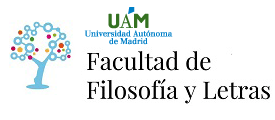Linguistic relativity, rightly understood, implies that the presence or absence of certain grammatical categories and discursive styles can influence how we perceive and experience the world around us. In this study, monolingual speakers of Chol Mayan, a tenseless language,
were shown a series of visual stimuli portraying different sequences of events, and were asked to describe what they saw to an interviewer. Participants were shown a long silent story composed of many sequential images, and a set of shorter stories composed of a minimum of two sequential images and a maximum of five sequential images. None of the stories that the Chol speakers recounted in response to the stimuli followed a sequential- chronological order, and all the sequential images were described in non-sequential terms. In line with the linguistic relativity hypothesis, it is argued that this interesting discursive effect may be the result of the absence of tenses in the Chol language.









